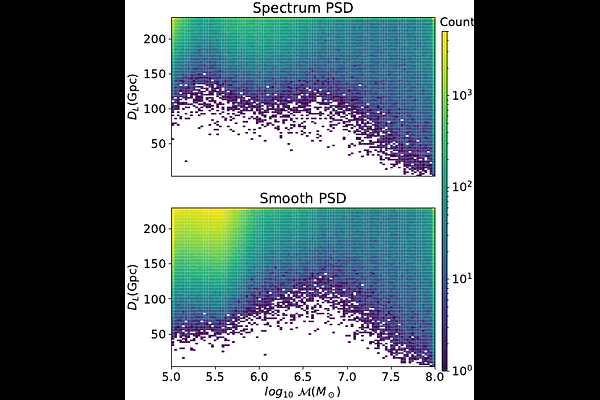Evaluating statistical significance for massive black hole binary mergers with space-based gravitational wave detectors

Evaluating statistical significance for massive black hole binary mergers with space-based gravitational wave detectors
Hong-Yu Chen, En-Kun Li, Yi-Ming Hu
AbstractImportant scientific discoveries should be backed by high statistical significance. In the 2030s, multiple space-based gravitational wave detectors are expected to operate. While many works aim to achieve quick and reliable detection and parameter estimation of millihertz gravitational wave sources, dedicated studies are lacking to assess the significance of space-based detectors. In this work, we propose a framework to assess the statistical significance of massive black hole binaries (MBHBs) detections with space-based gravitational wave detectors. We apply this algorithm to simulated data with Gaussian stationary noise and the complex LDC-2a dataset to measure the false alarm rate and significance of MBHB signals. We also analyze factors affecting the significance of MBHBs and design a method to mitigate multi-source confusion interference. In Gaussian noise conditions, MBHBs with a signal-to-noise ratio of about 7 can achieve $3 \sigma$ significance, and those with a signal-to-noise ratio of about 8 achieve $4 \sigma$. Our analysis demonstrates that all MBHB signals in the LDC-2a dataset have a significance exceeding $4.62 \sigma$.